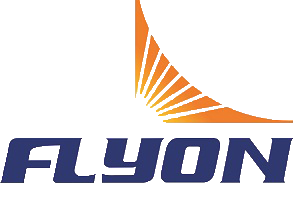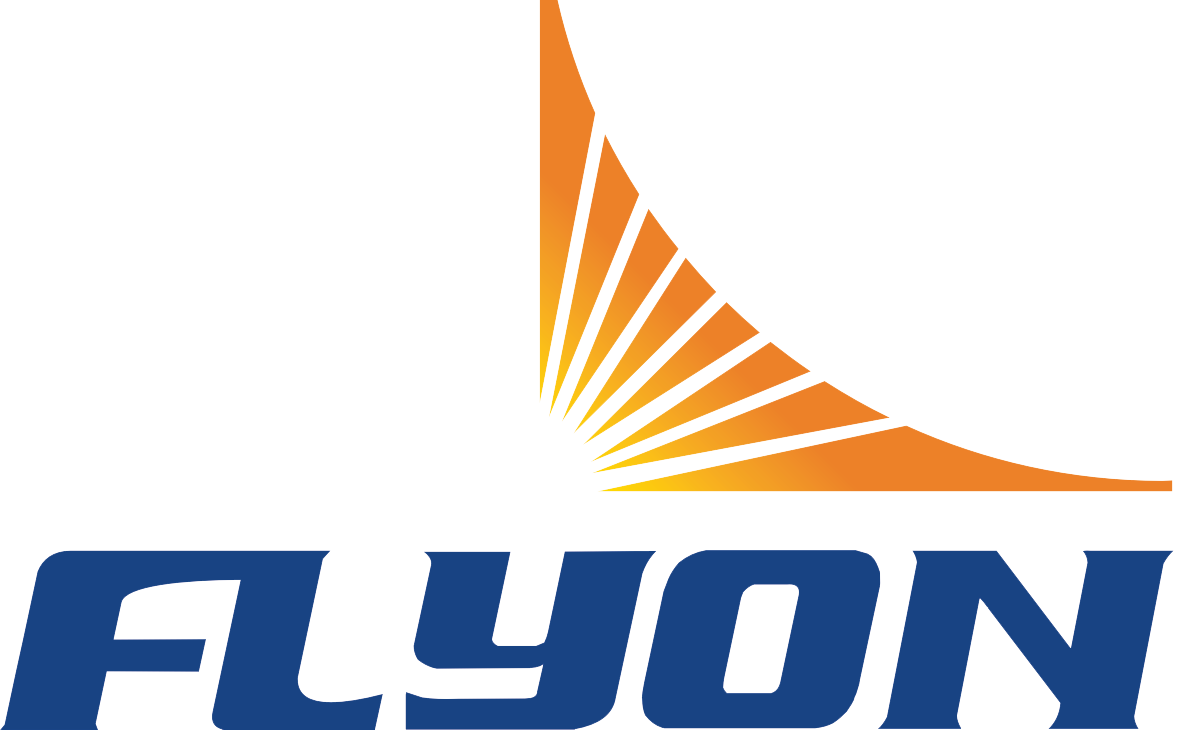Evaluating Stadium Seat Materials for Durability
Comparing Plastic, Metal, and Composite Options
When selecting stadium seating, the choice of material significantly influences its functionality and longevity. Plastic seats are favored for their lightweight nature and cost-effectiveness, making them an excellent choice for venues like school playgrounds and smaller stadiums with limited budgets. They are available in various colors, allowing customization to match stadium aesthetics. However, they may lack the comfort and durability offered by other materials.
Metal stadium seating, on the other hand, is renowned for its strength and durability. These seats can withstand high impact and pressure, making them suitable for large professional stadiums. Despite their robustness, they are susceptible to corrosion in outdoor environments unless adequately treated. Metal can also become uncomfortable due to temperature changes, becoming hot in summer and cold in winter.
Composite materials offer a blend of the advantages found in plastic and metal seats. These materials are engineered to provide enhanced comfort and durability, combining the lightweight properties of plastic with the strength of metal. The result is a versatile seating solution that can withstand various environmental conditions while maintaining comfort and structural integrity.
Weather Resistance for Outdoor Venues
In outdoor stadiums, selecting weather-resistant seating materials is crucial to ensure longevity and performance under different climatic conditions. Materials that can withstand elements like rain, sun, and extreme temperatures are essential. Statistics show that well-chosen materials can significantly improve the durability of stadium seats even in harsh climates such as those found in desert regions or areas with heavy rainfall.
To combat the effects of weather, innovative treatments like UV stabilization and anti-corrosion coatings are applied to stadium seats. These treatments protect against degradation from sun exposure and prevent rust in metal components, thus extending the useful life of the seats. Case studies from stadiums in regions with extreme weather conditions highlight the success of these treatments in maintaining the integrity and appearance of stadium seating over time.
Eco-Friendly Innovations in Running Track-Inspired Materials
Sustainable materials, often inspired by eco-friendly running tracks, are gaining popularity in stadium seating due to their environmental benefits. These materials are primarily sourced through recycling processes, which help in reducing the carbon footprint associated with production. According to environmental studies, utilizing recycled materials in stadium seating can cut down emissions significantly while ensuring economical use of resources.
Pioneers in eco-friendly seating solutions are leading the charge by integrating recycled materials into their designs, appealing to stadiums that prioritize sustainability. Such innovations align with the broader movement towards greener stadium infrastructures, catering to environmentally-conscious venues. Notable companies have successfully incorporated sustainable principles in their seating solutions, setting a standard for eco-friendliness and performance in the industry.
Ergonomic Design for Enhanced Spectator Comfort
Optimal Seat Dimensions and Spinal Support
Understanding the implications of seat dimensions on spectator comfort is essential for designing ergonomic stadium seating. Recommended measurements vary for different age groups, with typical adult seat widths ranging from 40 to 50 centimeters, and depths from 35 to 45 centimeters to ensure sufficient support. Backrest heights should ideally fall between 30 to 40 centimeters, aligning with ergonomic principles to provide effective spinal support. A study from the Journal of Physiotherapy indicated that properly designed stadium seats can significantly reduce back pain, highlighting the importance of ergonomic design. Balancing aesthetics with functionality, seat designs must cater to both visual appeal and physical comfort, ensuring that spectators enjoy the event without discomfort.
Cushioning Technologies Inspired by Track & Field Footwear
Innovative cushioning technologies, inspired by advancements in track-and-field footwear, have been adapted for stadium seating to enhance spectator comfort during lengthy events. Materials such as memory foam and gel inserts are increasingly used in seating design to improve shock absorption, echoing the effectiveness seen in sports shoe designs. These materials mitigate impact and provide greater comfort to spectators, particularly during long sporting events. According to experts, such advanced cushioning technologies significantly reduce spectator fatigue, promoting a more comfortable viewing experience.
Accessibility Features for Youth Track Teams
Inclusive stadium seating design is crucial for accommodating youth track teams and spectators with various needs. It is pivotal to adhere to international accessibility standards, such as the ADA guidelines, ensuring the seating design processes prioritize accessibility for all individuals. Innovations in seat designs, catering to younger fans and athletes, include features that facilitate easy access, such as adjustable seat heights and supportive arm rests. By embracing inclusivity, stadiums can create an environment where everyone, regardless of age or physical ability, can comfortably enjoy events.
Safety Standards in Modern Stadium Architecture
Structural Integrity for High-Capacity Events
Ensuring the structural integrity of stadium seating during high-capacity events is crucial for maintaining safety standards. The engineering principles behind modern stadium architecture often focus on using robust materials and designs that support large crowds. For example, reinforced steel and pre-stressed concrete are commonly employed due to their high strength-to-weight ratios. Past incidents of structural failures, such as the collapse of certain sections in older stadiums, have prompted rigorous updates to safety protocols, influencing today's designs. By examining these case studies, we gain insight into how modern standards emphasize preventing similar occurrences. Understanding and implementing these materials and techniques are key to creating safe environments for spectator sports.
Fire-Resistant Materials Meeting International Codes
The use of fire-resistant materials in stadium seating is a critical factor in adherence to international safety standards. Modern stadium designs often incorporate advanced materials that significantly reduce the risk of fire compared to older structures. For instance, high-tech polymers and treated fabrics prevent the spread of flames, enhancing overall safety. Brands follow international codes and regulations, such as ISO and NFPA standards, ensuring these materials undergo rigorous testing before implementation. Statistics indicate a significant reduction in fire incidents in venues adopting these modern materials, reinforcing the importance of stringent compliance and safety protocols.
Anti-Slip Surfaces for Rainy Game Days
Anti-slip surfaces in stadium seating are essential for ensuring spectator safety, especially during rainy conditions and high-traffic events. Various treatments, like textured polymers and rubberized coatings, have been developed to enhance grip and reduce the risk of slips. Testing data supports the effectiveness of these treatments, showing a decrease in slip-related accidents. Testimonials from stadium managers further affirm the value of anti-slip features, highlighting their crucial impact on enhancing safety during inclement weather. By integrating advanced surface technologies, stadiums can provide a safer experience for spectators regardless of weather conditions.
Aesthetic Integration with Venue Branding
Color Matching for Team Identity
Color matching for stadium seating is a crucial aspect of enhancing team identity and enriching fan experiences. This strategy not only amplifies team pride but also helps create a unified environment that elevates the energy in the venue. Studies suggest that brand consistency, especially in sports venues, enhances customer loyalty; fans are more likely to attend games and support their teams when they feel part of a cohesive brand experience. Furthermore, insights from color psychology indicate that specific colors can amplify fan support and engagement. For instance, colors associated with team themes can evoke emotions and foster a deep connection between the fans and the team.
Custom Designs for Professional Track Clubs
Custom seating designs tailored for professional track clubs can significantly enhance spectator satisfaction while promoting comfort and branding elements. These designs ensure that the seating arrangement complements the club's identity, enhancing the overall aesthetic appeal of the venue. Case studies of successful custom projects, such as those conducted for renowned track clubs, reveal significant boosts in spectator satisfaction, due to the personalized and immersive experience. However, it is essential to balance customization with cost-effectiveness; crafting a seating solution that is both uniquely designed and economically viable is crucial for clubs looking to maximize their investment.
Lighting Compatibility for Night Events
The compatibility of seating materials and colors with stadium lighting is integral to the visibility and aesthetic appeal of night events. Proper seating design can significantly influence how well-lit and visually appealing a venue becomes during such occasions. An optimal alignment between venue lighting systems and seating design enhances the overall event experience, making it more enjoyable and visually dynamic for attendees. Venues that have successfully implemented integrated lighting and seat design provide exemplary models of how seating choices can augment nighttime visibility, ensuring all spectators get a visually captivating experience.
Selecting Trusted Stadium Seating Partners
Certifications: From FIFA to Local Building Standards
Choosing stadium seating partners with relevant certifications ensures quality and compliance with industry norms. These certifications, including FIFA standards and adherence to local building codes, are critical markers of reliability. By prioritizing certified suppliers, venues can provide safer environments for spectators, reducing the risk of issues during events. A stadium that features certified seating is a reassuring sign to fans and event organizers alike, reflecting dedication to safety and excellence.
Proven Success in World Cup Installations
Partnering with stadium seating suppliers boasting a history of successful World Cup installations can enhance a venue's effectiveness. Such partners offer high installation efficiency and contribute to elevated spectator satisfaction metrics. For instance, suppliers with World Cup experience are often praised by event organizers, highlighting their skills, seamless installation processes, and enhanced fan experiences. These endorsements affirm the importance of experienced partners in large-scale events.
Maintenance Support for Long-Term Performance
The longevity of stadium seating is heavily reliant on maintenance programs offered by suppliers. Regular maintenance helps preserve the seating's condition and ensures ongoing safety for all attendees. Suppliers often provide strategic maintenance plans that can extend the lifespan of seating fixtures, such as routine inspections and material upgrades. By embracing these maintenance strategies, venues assure spectators a safe and enhanced experience, fostering a secure and enjoyable environment during events.
 EN
EN
 AR
AR
 FR
FR
 PT
PT
 RU
RU
 ES
ES
 BG
BG
 HR
HR
 CS
CS
 DA
DA
 NL
NL
 FI
FI
 DE
DE
 EL
EL
 HI
HI
 IT
IT
 JA
JA
 KO
KO
 NO
NO
 PL
PL
 RO
RO
 SV
SV
 CA
CA
 TL
TL
 ID
ID
 SR
SR
 SK
SK
 UK
UK
 VI
VI
 HU
HU
 TH
TH
 TR
TR
 MS
MS
 AZ
AZ
 KA
KA
 BN
BN
 LO
LO
 MN
MN
 MY
MY
 UZ
UZ


